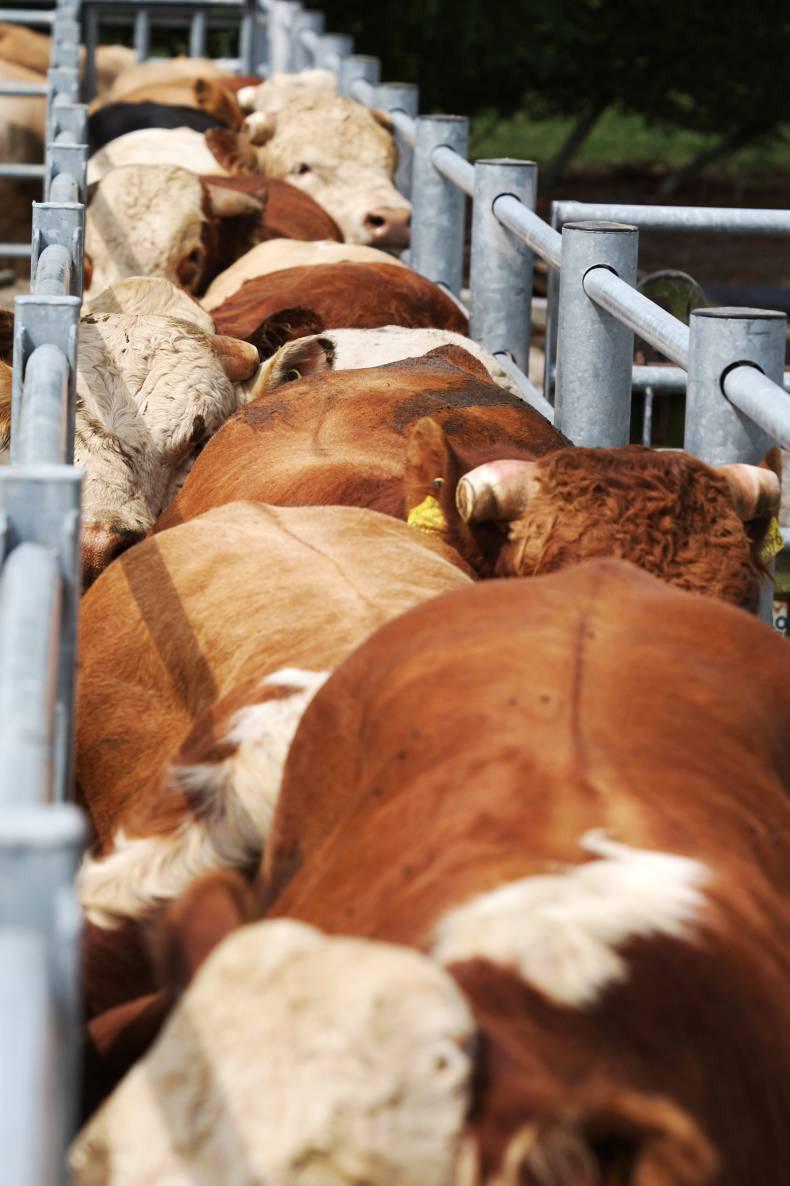TB levels in east Wicklow fell in 2015, but rose in west Wicklow, leaving the county still the number one black-spot for the disease. This was revealed exclusively in the Irish Farmers Journal last week.
In east Wicklow, reactors per 1,000 tests (APT) was 8.85 in 2014 but fell to 4.98 in 2015, its lowest level in six years.In west Wicklow, APT was 3.22 but rose to 9.64 in 2015. Livestock farmers in the east have little confidence that the improvement in 2015 will be permanent, given that the wild deer population has been found to be carrying significant levels of TB infection. “One step forward and one step back,” was how one described it this week.
Nonetheless, he and other farmers hope that, with the high TB levels in wild deer now public knowledge, the Department of Agriculture and National Parks and Wildlife will be forced to take action.
Meanwhile, there is now growing awareness among farmers and hunters in other black-spot counties that wild deer in their areas could similarly be carrying significant levels of TB and acting as a reservoir for the disease.
Some farmers and hunters who suspect that a deer had the disease are now taking the step of sending the carcase to a Department of Agriculture regional veterinary laboratory to have it tested.
In recent weeks, a licensed shooter hunting on the Galway/Clare border recognised that a deer he had shot was sick and suspected it was TB. It was found to have the disease. A deer shot in Co Offaly last autumn was also sent to a Department lab and, likewise, was found to have the disease.
TB levels in east Wicklow fell in 2015, but rose in west Wicklow, leaving the county still the number one black-spot for the disease. This was revealed exclusively in the Irish Farmers Journal last week.
In east Wicklow, reactors per 1,000 tests (APT) was 8.85 in 2014 but fell to 4.98 in 2015, its lowest level in six years.In west Wicklow, APT was 3.22 but rose to 9.64 in 2015. Livestock farmers in the east have little confidence that the improvement in 2015 will be permanent, given that the wild deer population has been found to be carrying significant levels of TB infection. “One step forward and one step back,” was how one described it this week.
Nonetheless, he and other farmers hope that, with the high TB levels in wild deer now public knowledge, the Department of Agriculture and National Parks and Wildlife will be forced to take action.
Meanwhile, there is now growing awareness among farmers and hunters in other black-spot counties that wild deer in their areas could similarly be carrying significant levels of TB and acting as a reservoir for the disease.
Some farmers and hunters who suspect that a deer had the disease are now taking the step of sending the carcase to a Department of Agriculture regional veterinary laboratory to have it tested.
In recent weeks, a licensed shooter hunting on the Galway/Clare border recognised that a deer he had shot was sick and suspected it was TB. It was found to have the disease. A deer shot in Co Offaly last autumn was also sent to a Department lab and, likewise, was found to have the disease.






 This is a subscriber-only article
This is a subscriber-only article










SHARING OPTIONS: